Tunisia has not escaped the global trend of migration, especially since 2011. Significant changes have thus marked the Tunisian migratory landscape in terms of both outgoing and incoming flows. This report of the national survey on migration attempts to outline the main determinants as well as a profile of the different migrant populations, of which it also gives an estimate of the numbers.
Statistics from the International Organization for Migration (IOM) estimate the number of migrants in the world at 281 million in 2020, or 3.6% of the world’s population. Although migratory flows have recently slowed down as a result of the Covid-19 pandemic, the trend of the last twenty years shows an acceleration of migration in its various forms, voluntary or constrained.
Non-migrants
As part of the survey, any individual of Tunisian nationality, aged 15 and over, who has declared that he has never resided for more than three months in a country other than Tunisia is considered non-migrant.
Among the non-migrant population, almost one in five say they intend to emigrate. The survey makes it possible to draw up a profile of the candidate for emigration: a young man, aged between 15 and 24, single, educated and unemployed, living in Greater Tunis, the Center-East or the South-East of the country.
The main reasons for emigration put forward by potential migrants relate to the search for employment and better working conditions, as well as the opportunity for a better standard of living.
Europe (mainly France, Italy and Germany) remains the preferred destination for seven in ten non-migrants intending to emigrate, followed by North American and Arab countries. However, for most potential migrants, the intention to emigrate remains the expression of a wish without real follow-up, as only 14.3% say they have taken specific steps to emigrate.
Current migrants
Within the framework of the survey, is considered as current migrant (or emigrant) any person of Tunisian nationality, aged 15 years and over, having resided in Tunisia and who currently resides in another country for a period of at least three month. Based on this definition, the number of Tunisian emigrants would be around 566,000 individuals (388,000 men and 178,000 women).
The spatial distribution of current migrants presents a double polarization: according to the region of residence in Tunisia and the host country abroad. Thus, three quarters of current migrants come from three regions: the North-East, Greater Tunis and the Center-East. In addition, three European countries receive three quarters of migrants: France, Italy and Germany.
The age structure of current migrants does not seem to present a high concentration of age group although the population remains relatively young: almost four out of ten migrants are between 15 and 29 years old. The distribution by age group is almost identical for men and women.
Regarding the main reasons for emigration, those linked to employment and the improvement of working conditions remain a dominant motivation for almost half of the emigrants. However, family reunification concerns more than two thirds of women.
The level of education of current migrants is significantly higher than that of the population in Tunisia. One in three emigrants has a higher level of education. Those who have no level of education are largely in the minority (3.3%). This trend has intensified in recent years. Thus, for example, over the period 2015-2020, around 39,000 engineers and 3,300 doctors would have left the country for work opportunities abroad.
At the time of the survey, 55.5% of current migrants declared that they were working in the host country (68.1% for men against 28.2% for women). Before the Covid-19 pandemic, the proportion of occupied would have been 63.4%, which seems to confirm the negative impact of the health crisis on the employment of Tunisian emigrants. During the pre-Covid period, the main job providers for current migrants were the construction and public works sectors (17%), hotels and restaurants (13.7%) and commerce (8.7%) . Next come manufacturing industry (8.1%) and agriculture and fishing (7%).
Almost one in ten current migrants say they have made investments in Tunisia. This proportion increases with the age of the migrant. The investments made relate to classic areas: construction, real estate, agriculture, or trade. The implementation of projects encounters several difficulties and obstacles: the complexity of administrative procedures, insufficient capital, corruption and patronage as well as the weakness of financial aid and tax incentives in Tunisia.
Finally, half of current migrants have emigrated during the last twenty years. The longest migratory durations are observed in European countries, traditional host countries for Tunisian migrants. The Gulf countries have shorter lengths of stay.
Return migrants
Within the framework of the survey, a return migrant is considered to be any person of Tunisian nationality currently residing in Tunisia, who has lived abroad for three months or more, and was 15 years of age or over at the time of his return. . According to this definition, the number of returning migrants still alive at the time of the survey is estimated at 211,000 individuals (176,000 men and 35,000 women).
Return migration is characterized by spatial concentration. Thus, return migrants mainly settle in three regions in Tunisia: Greater Tunis, the Center-East, and the South-East. As for the countries of origin, around eight out of ten return migrants resided in Libya, France or Italy.
Although the proportion of migrant women is on the rise, return remains a predominantly male phenomenon (83.5%). Return migration varies greatly by age. Relatively high among young people, it decreases to pass through a minimum between 45 and 59 years and start to rise again after 60 years, the retirement age. In addition, the educational attainment of returning migrants has improved over time. The share of the uneducated has gradually declined, while the share of those with a higher level of education has increased, especially among women.
Migration for work was the main cause of the departure of return migrants from Tunisia, for seven migrants in ten. Regarding the conditions of return, one in two migrants returned voluntarily to Tunisia, mainly for family reasons (marriage, separation, family reunification, education of children …) or at retirement age. On the other hand, the other half corresponds to forced or compulsory returns: for reasons of vulnerability and unfavorable conditions in the host country, end of contract or following expulsion.
A third of returning migrants report having encountered difficulties upon return, including those related to employment and income. Social problems (integration, family problems, etc.) affected women more than men. While 30% of returning migrants intend to re-emigrate, more than 56% do for those who returned in the past two decades.
Almost one in five return migrants say they have made investments in Tunisia. This proportion is higher the longer the duration of the migration. It also increases with the age of the migrant. According to return migrants, investment in Tunisia is hampered, primarily, by the complexity of administrative procedures, weak tax incentives, corruption and the small market.
Foreigners residing in Tunisia or immigrants
In the context of the survey, an immigrant (or a foreign resident in Tunisia) is any person who resides in the territory for a minimum period of six months. This population includes all persons of foreign nationality with or without a residence permit in Tunisia. According to this definition, its workforce at the time of the survey would be nearly 59,000 individuals.
In terms of geographic region of origin of immigrants, three regions dominate: Europe (18.5%), Maghreb (37%) and other African countries (36.4%). It should be noted that the critical pandemic situation, at the time of the investigation, caused a significant departure of European nationals to their countries of origin, their residence status as well as the assistance of the authorities of their countries which facilitated their mobility. during this period.
The immigrant population from African countries outside the Maghreb is the one that has recorded the strongest growth in recent years, its estimated number rising from 7,200 individuals in 2014 (according to the last population census) to 21,466 at the time of the survey.
The immigrant population resides mainly in two regions of the country: nearly 80% live in either Greater Tunis or the Center-East. These two coastal regions are characterized by a modern infrastructure compared to other regions, better employment opportunities, presence and accessibility to main services and a high density of higher education institutions.
Immigrants who entered Tunisia say they came there mainly for three reasons: marriage or family reunification in 36.6% of cases, employment and the improvement of living conditions for 35.1% of migrants and studies in 15.5% of cases.
Six in ten migrants plan to stay in Tunisia. Among those who say they intend to leave, two-thirds intend to return to their country of origin, a quarter want to leave to other countries and a tenth say they are undecided.
Source : National Institut of Statistics of Tunisia


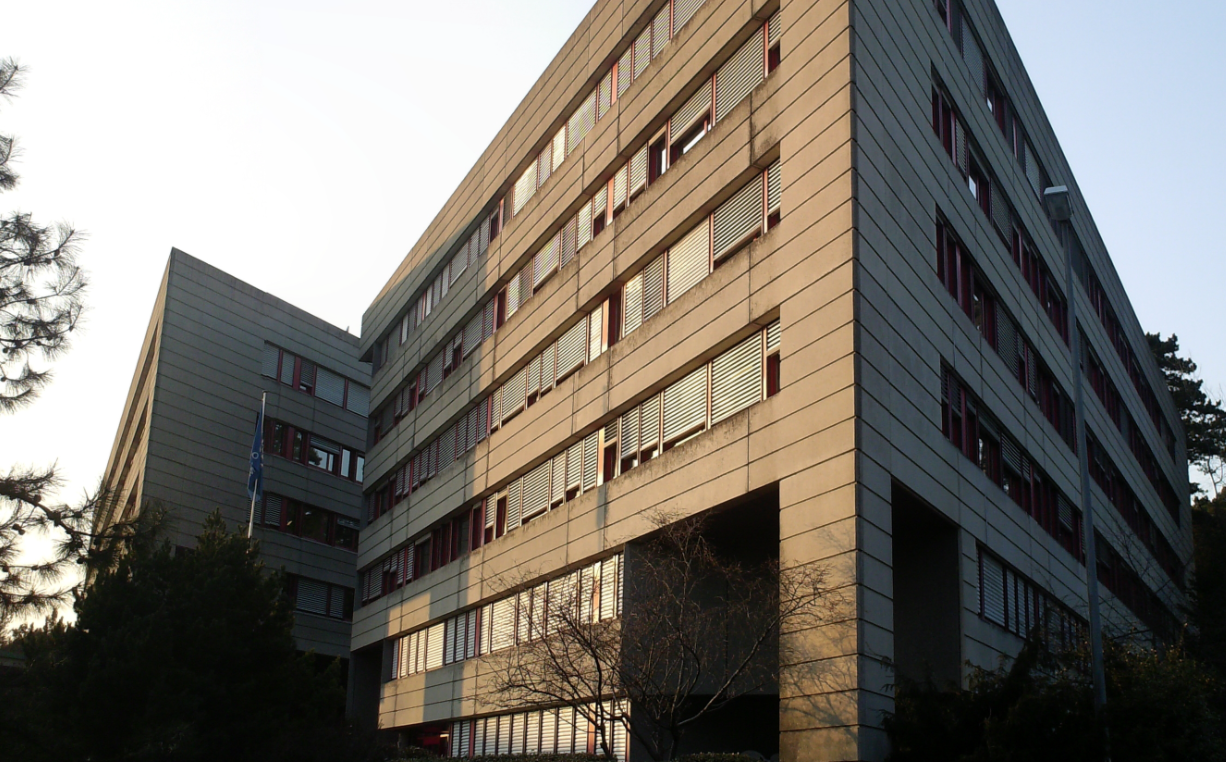
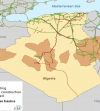


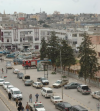

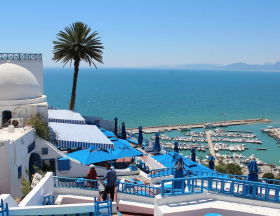
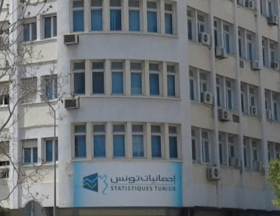

Réagissez à cet article